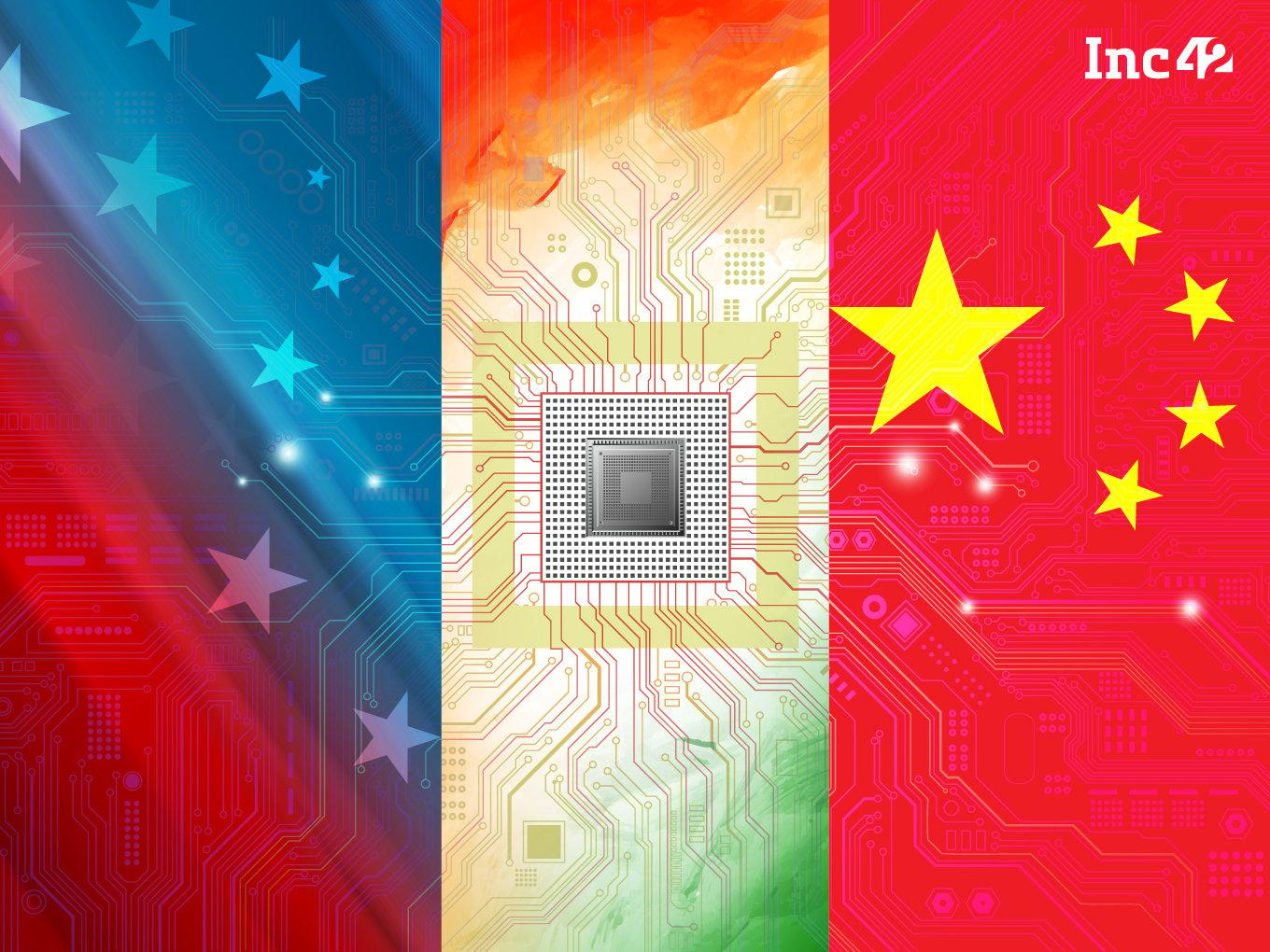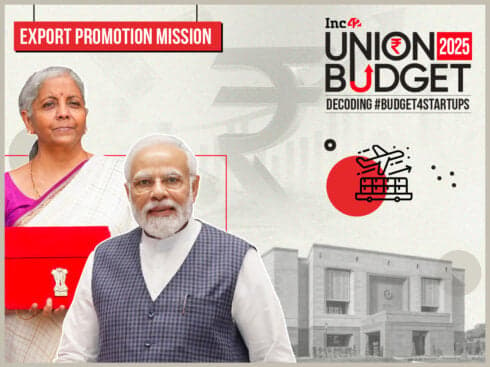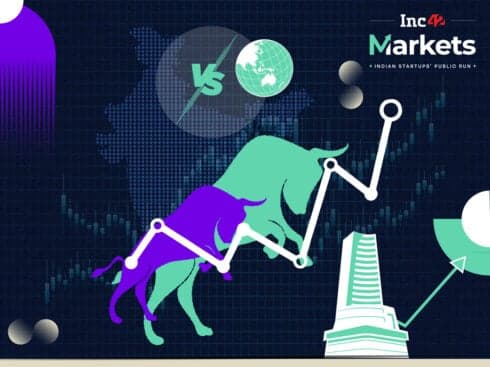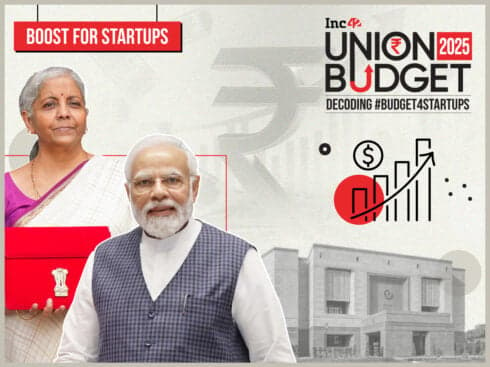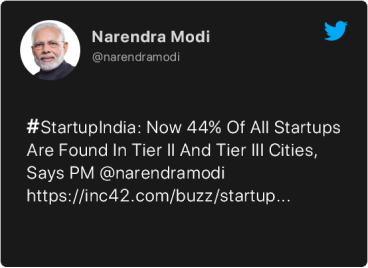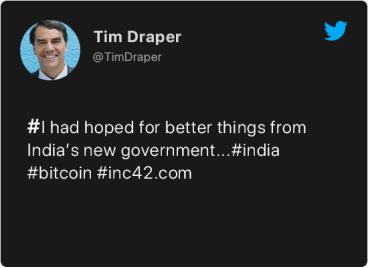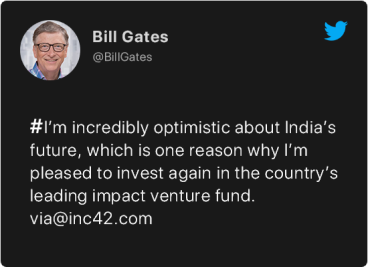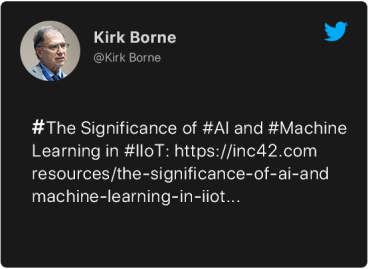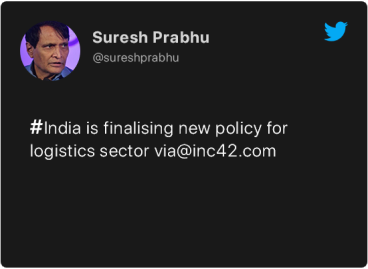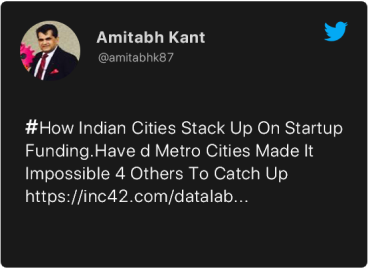China's DeepSeek has upended the global AI arms race and could be a ray of hope for India's LLM ambitions amid restrictions on Nvidia exports from US
A lot of the hype around the Chinese competitor for ChatGPT and OpenAI comes from the fact that it has managed to surpass existing closed source models without relying on the latest high-performance GPUs
And with the US bringing in restrictions on exports of GPUs to other nations, including India, the cost-effective solution from China could hold the key to enabling homegrown large language models in India
In the late 1960s, the US restricted wheat imports to India. At the time, India was heavily dependent on the US for its massive food shortage, and this crunch was a wake-up call, which eventually led to self sufficiency through the Green Revolution.
Sixty years later, India is again on the brink of facing such a situation. This time, however, it’s GPUs – which not only power gaming PCs, but also new-age data centres running the AI revolution. But instead of the US, this time around, India may be compelled to look at China for an answer and the Chinese AI project DeepSeek.
The events of this past week around DeepSeek disprove that large language models depend on high-end hardware, and this is where Indian startups could find a ray of hope, particularly given the ongoing geopolitical battle for AI and language models.
The clearest indicator of DeepSeek’s impact is on the stock price for GPU giant Nvidia, which has been on a tear for the past two years, but suffered a big crash this week, as DeepSeek’s capabilities were widely published.
DeepSeek Outhypes OpenAI
A lot of the hype around the Chinese competitor for ChatGPT and OpenAI comes from the fact that it has managed to surpass existing closed source models without relying on high-performance GPUs.
In fact, DeepSeek’s usage of just 2,000 Nvidia H800 GPUs compared to OpenAI’s model which relies on 100,000 GPUs (the more advanced H100). In fact, the H800 GPUs were specifically designed by Nvidia for the Chinese market, and are said to be less powerful than the H100 GPUs on which they are based.

Plus, DeepSeek’s training cost was around $6 Mn, compared to the $100 Mn spent by OpenAI for training its models. As a result, DeepSeek APIs are up to 95% cheaper than OpenAI’s latest models, and this has sent the global AI investors into a tizzy.
Nvidia and Broadcom stocks fell 17%, while Alphabet dropped 4% and Microsoft 2% in the aftermath of the spotlight on DeepSeek’s rise on the app stores.
“This is AI’s Sputnik moment,” OpenAI investor Marc Andreessen was quoted as saying.
And then, DeepSeek released an updated model on Monday night to target AI-generated images, which threaten to disrupt OpenAI’s Dall-E model. This is expected to set off another dip in US AI stocks, particularly Nvidia.
But the big question for Indian startups and tech companies is whether DeepSeek can lay the foundation for an India-specific large language model, a hot debate in the industry today.
How The US Is Looking To Control The AI Race
When ex-US president Joe Biden signed one of his last official orders, it put India among the list of countries requiring explicit licences for high-end GPU imports. It’s in this context that the DeepSeek progress is seen as a positive sign for India.
The embargo on exports of GPUs is problematic and will only come into effect from May 2025. While some of the restrictions might be lifted in the meanwhile, it has already set some alarm bells ringing in India.
To be clear, this largely concerns GPUs used by data centres to provide cloud computing services for AI applications and services.
Such high-performance GPUs are essential for training AI models, as the hardware excels at performing parallel and multithread processing. This makes them ideal for calculating repetitive matrix multiplications required in deep learning algorithms.
After the breakthrough in generative AI in the past four years, the demand for such high-end GPUs, which could help in AI model training, has gone up exponentially.
Under the guidelines, India can import up to 1,700 NVIDIA H100 GPUs without needing any license and for non-sensitive purposes. Data centre businesses and countries that require massive computing power, though, will have to procure a Validated End User (VEU) approval from the US.
The approvals are separate for data centre companies and countries, and some fear that data centre companies might have to reveal sensitive business data to procure the end user licences. In fact, under the changes in VEU rules, there are restrictions on transfer of GPUs even within a geography. Even US-headquartered companies have limits on how many GPUs they can deploy outside the US, as stated in the official documentation.
For India, 2025 is a critical year in AI development, especially as debates around Indian LLMs have picked up pace. Under the IndiaAI mission, the Indian government planned to procure 10,000 GPUs, and has received bids from manufacturers for 20,000 GPU imports into India.
These GPUs are to be distributed to companies like Reliance Industries, Adani Group and others who are building data centre capabilities in India to tap the AI opportunity.
Reliance, for instance, is claimed to be building the world’s largest datacentre, while the Adani Group is expanding this vertical to meet the growing demand for data centre and cloud computing services. But these plans are in a limbo given the Biden ruling.
Donald Trump’s return to the US White House has not managed to quell these fears, as the new President has promised a US-first protectionist global policy for technology. The Trump administration is expected to increase tariffs on imports into the US and has announced changes to the immigration policy that has sparked some fears among non-US companies operating in the market.
According to Rajgopal A S, CEO of data centre company NxtGen Cloud Technologies, the GPU export restrictions will affect data centre operations in India.
While US-based tech giants such as Google, Meta, OpenAI, Amazon and Microsoft could easily get NVEU or National Verified End User licences to deploy GPUs at scale, but it could be much harder for Indian cloud companies — even giants such as Reliance or Adani — to do so.
At the moment, the second and third order impacts of these restrictions are not clear, but what we do know is that given the size and growing significance of the tech industry in India, the country will require huge compute capacity. Not to mention the growing needs of global tech giants with engineering and development teams housed in India.
What India Needs To Power AI Dreams
In late 2023, the then Minister of State for Electronics and IT Rajeev Chandrasekhar claimed that India needs about 24,500 high performance GPUs to meet the compute demand. Since then AI operations have scaled up massively and the 50,000 GPU limit might put Indian startups and AI companies on the backfoot.
Rajgopal believes that while India does not have large workloads that require 1,000 GPUs every month, the acceleration and interest in AI within enterprises is high, so adoption will happen quickly. This will create a huge demand for GPU compute power in the near future, he added. “In about a year, we might see domestic providers struggle to meet this demand, at which point enterprises will turn to global service providers at much higher costs.”
The NxtGen CEO expects a broad impact from the US restrictions in the long run, as nearly every enterprise wants to leverage AI. “Enterprises are more eager to leverage AI, but they’ll need a lot of compute power,” Rajgopal added.
Any potential import restrictions would have a chilling effect on international companies setting up AI or ML operations in India.
Given India’s engineering talent depth, the country is said to have an advantage in AI application development, but Amit Chaurasia, founder of data strategy company Dataneers, reckons companies will think twice before hosting it in India. “These major players stand to reap the immediate benefits. Even if the applications are hosted in Indian data centres, these hyper-scalers still have an advantage. They can add an additional capacity to their Indian data centres without facing the same restrictions.”
But Pawan Prabhat, cofounder of Shorthills AI which builds data engineering and GenAI-based search solutions, believes that the threat to Indian startups is slightly overstated. He claims there is no AI workload in India that requires thousands of GPUs together.
“In my view, there will be zero impact on India. It may seem like these are very draconian restrictions. But if you dig deeper into it and look at the kind of work we’re doing, I think the situation is different,” said Prabhat.
Prabhat said that companies like Reliance or Adani can’t match the level of AWS or Azure, and that even Google Cloud is catching up to the two cloud computing giants.
This may only be true for the time being, though. As India’s data needs grow and as progress is made in how data is collected and stored domestically — as mandated by the recent DPDP Act — the demand to train LLMs on India-specific data will only increase in future. This will definitely call for an influx in processing power for AI operations.
Demand for high-performance GPUs is only bound to grow. The limit of 50,000 GPUs for cloud computing needs puts a lot of scalability pressure on Indian data centers and cloud providers. Indian companies are likely to run out of compute power, particularly for startups and early-stage AI models.
Collectively, data centre providers in India such as CDAC, Yotta, Mesa Networks, and Tata Communications have between 5,000 and 6,000 GPUs as of now, according to Rachit Mohat, APAC lead of data centre leasing for real estate company JLL.
“Reliance Industries is planning to build a 3GW data centre, and when roughly calculated on the power requirements of NVIDA Blackwell GPUs, it would need about 50,000 such GPUs. However, in this case, more than the GPU availability, the larger issue will be the power availability. Indian metro cities can’t afford such large power requirements,” JLL’s Mohat told Inc42.
Instead of reducing costs for AI development — as is expected from cloud computing — the embargo might further increase the cost to train models in India, and it will give a huge tech and pricing advantage to the likes of AWS and Azure.
Can India Turn To DeepSeek?
Unsurprisingly, Nvidia has been an opponent of any GPU restrictions or embargo from the US. The world’s largest GPU maker controls about 90% of the global market, and has been at the forefront of the GenAI revolution.
Nvidia VP of government affairs Ned Finkle said that Biden’s rules were misguided and that they could “derail innovation and economic growth worldwide.”
However, some believe that Nvidia’s concern rises from the increased risk of competition rather than concern for the global economic growth. Naturally, countries that cannot procure Nvidia GPUs, might turn to other avenues to continue their progress on AI models.
Even where there are embargos, like in China, the likes of DeepSeek have deployed tuned-down or older GPUs to train the models. At a development cost of mere $5.6 Mn, the Chinese project, backed by quantitative hedge fund High-Flyer Capital Management, is not only open source, but also circumvents the restrictions on chip exports from the US.
In fact, DeepSeek has been training its model based on these GPUs ever since the US sanctioned and embargoed chip exports to China in 2022. But it’s only now that the model’s capabilities are coming to the fore.
One could even say that the US embargo on China has forced Chinese companies out of their comfort zone and compelled them to create cost-effective hardware and AI models. The likes of Huawei, Biren Technology, Cambricon Tech, and Moore Threads are trying to offer alternatives to Nvidia’s GPUs
Huawei’s new Ascend 910B chips are said to be on par with Nvidia’s Ampere series A100 AI chips launched back in 2020. Since then, Nvidia has launched the Hopper series H chips as well as its current-gen Blackwell GPUs (B series).
But the Ascend 910B shows that China is close on the heels of Nvidia and its AI companies have the nous to build models using these older platforms.
Could the restrictions from the US give China an advantage in geographies that the US has sanctioned or restricted? Will EU countries — often the target of Trump’s policies — turn to China instead of the US for their AI future?
Incidentally, AI search engine Perplexity founder and CEO Aravind Srinivas believes this is possible. Srinivas recently said instead of finetuning and training existing foundational models offered by Google or OpenAI, Indian companies should focus on creating models from scratch.
The Perplexity CEO used ISRO as an example of how India can build cheaper AI models through ingenuity and strategic investments in open source models.
“I think that’s possible for AI (to train models frugally), given the recent achievements of DeepSeek. So, I hope India changes its stance from wanting to reuse models from open-source and instead trying to build muscle to train their models that are not just good for Indic languages but are globally competitive on all benchmarks,” Srinivas said
Speaking to Inc42, Inflexor Ventures partner Murali Krishna Gunturu said that there is value in building AI models on top of existing LLMs to actually meet the customer needs.
Indeed, most Indian AI companies that are developing foundational models rely on finetuning existing LLMs for Indian use-cases. The likes of Sarvam AI, CoRover are training existing AI models using synthetic data. There are some exceptions including Ola’s Krutrim, the first AI unicorn in India, as well as Indian-government backed BharatGen, but these are still fairly early and not as fleshed out as DeepSeek or OpenAI’s ChatGPT.
“When contemplating whether to develop foundational models, the primary factors influencing the choices of founders are matters like access to computing and hardware resources, specialised domain expertise, and groundbreaking insights that can enable them to compete with companies that have already raised substantial amounts of capital,” Pranav Pai, founding partner of 3one4 Capital, told Inc42 earlier.
Thus far, founders of AI startups have bemoaned the fact that the Indian ecosystem lacks the patient capital required to build these LLMs. Given the status quo and the potential restrictions on imports of GPUs, Indian companies are left with little recourse.
Even raising billions of dollars might not be helpful given the trade restrictions, but in DeepSeek there is hope — hope that India could make the most of the ‘garage AI’ moment that DeepSeek has ushered in.
Edited by Nikhil Subramaniam




 Fintech
Fintech Travel Tech
Travel Tech Electric Vehicle
Electric Vehicle Health Tech
Health Tech Edtech
Edtech IT
IT Logistics
Logistics Retail
Retail Ecommerce
Ecommerce Startup Ecosystem
Startup Ecosystem Enterprise Tech
Enterprise Tech Clean Tech
Clean Tech Consumer Internet
Consumer Internet Agritech
Agritech




